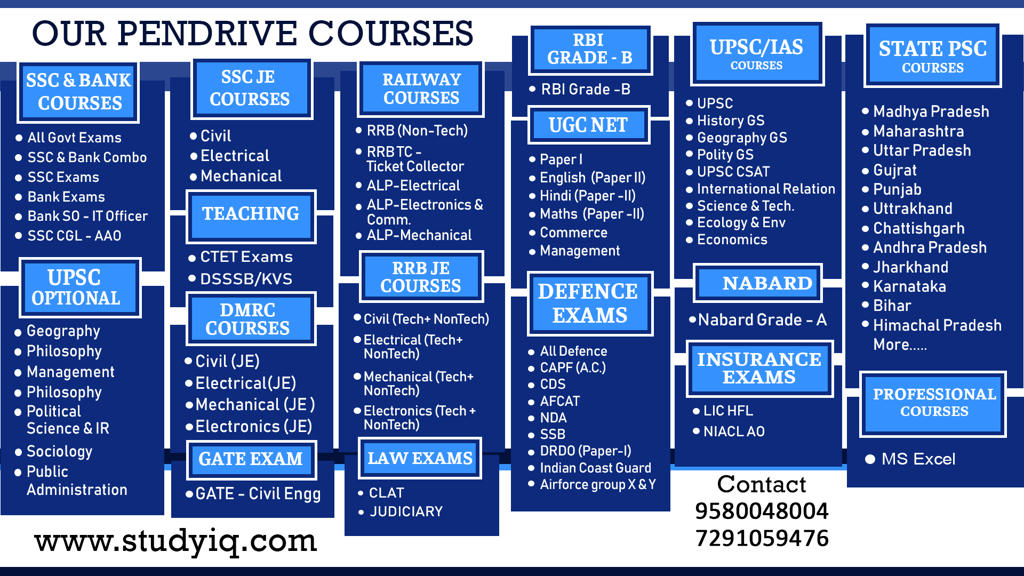Table of Contents
Context
- After the decision to divide Jammu & Kashmir into two Union Territories, much remains to be done.
- Government and its functionaries have described and defended the decisions as necessitated by the need to “develop” a state that had lagged behind the rest of the country on economic and social fronts due to its special status.
Changes after Bifurcation
- After October 31
- On the ground, the two UTs will get their own Chief Secretaries and other top bureaucrats, their own police chiefs and key supervisory officers.
- While Dilbagh Singh will continue to be DG of J&K police, an IG-level officer will head the police in Ladakh. Both forces will remain part of the J&K cadre which will eventually merge with the UT cadre.
- For full-fledged bifurcation, the Reorganization Act gives a period of one year.
Other officers already posted
- An apportionment of posts in both UTs has been done. While the bureaucratic structures are in place, the staffs of the state administration are yet to be divided.
- The government had asked all staff to send in applications for their preferred posting between the two UTs. This process is still on.
- Legislative restructuring is a work in progress, with a lot remaining to be done. While 153 state laws are to be repealed, 166 have been retained.
- Then there is the cosmetic exercise of repealing Acts that mention “applicable to all of India but not the state of Jammu and Kashmir”.
- For example, the state used to have its own Criminal Procedure Code (CrPC) which would now be replaced by the central CrPC.
- Unlike the Ranbir Penal Code, which is practically a replica of the Indian Penal Code, Kashmir’s CrPC has many provisions different from the Central CrPC.
- It will have to be seen if any modification needs to be done to suit the state. But a final decision in all these aspects would be taken by Delhi.
- A major bone of contention with regard to the Juvenile Justice Acts of the Centre and the state is the age limit.
- While the central Act takes those above the age of 16 as adults, the state Act’s age limit is 18.
- The argument has been that given the special situation in Kashmir where teenagers are often found to be part of violent protests, the central Act could jeopardize the future of many.
- A far more complicated task than sharing of assets is financial restructuring.
- Because of the decision coming in August, the administration is saddled with a middle-of-the-year financial restructuring which is proving to be a massive bureaucratic exercise.
- The government constituted a three-member advisory committee under the chairmanship of former Defence Secretary Sanjay Mitra to divide the assets and liabilities of the state between the two UTs. The committee is yet to submit its report.
- Dividing the manpower and material resources of the state is not over.
- The government is yet to allow the people of the Valley to speak out, and be heard on decisions that affect them the most.
- The government’s plans to bring J&K up to speed are not yet known.
- The first step towards resolving a problem is to acknowledge it. Political alienation that has spread and deepened over generations is a large part of the crisis in Kashmir. Unless it is addressed politically, it will persist and continue to impose a heavy toll in the Valley, and the country.
Latest Burning Issues | Free PDF






















 WhatsApp
WhatsApp